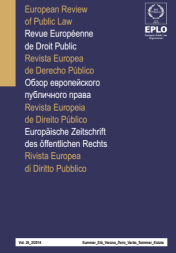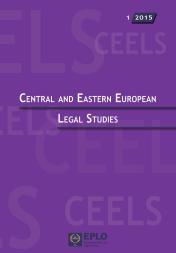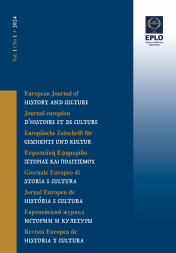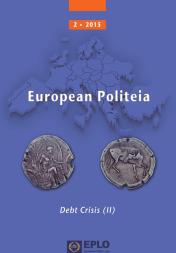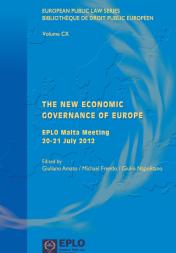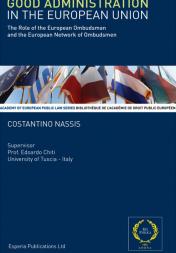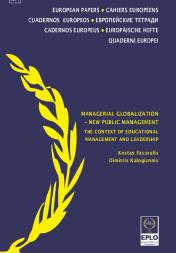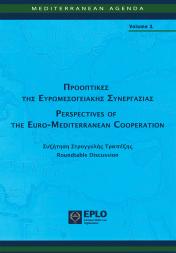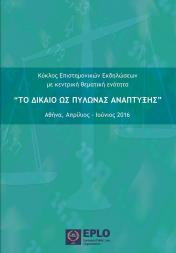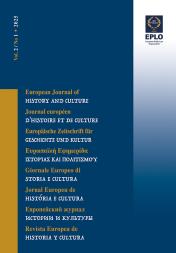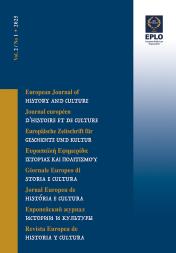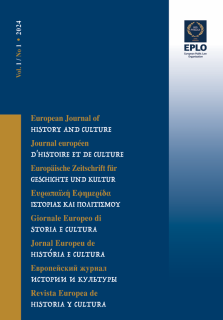
The Transition from the Aesthetic of Ancient Greek Art to the Medieval Aesthetic - Continuities and Discontinuities
Nafsika Panselinou
Professor Emerita of the Athens School of Fine Arts
During the Late Roman period (3rd- 4th centuries), the classical aesthetic of the previous imperial times regressed with schematisation of design and simplification of the forms. This new artistic language was adopted by Christian art which, by the 6th century, acquired its Byzantine face in the Eastern part of the Roman Empire, which is of interest for the present study. After the end of iconoclastic Controversy (726-843), the Byzantine art was marked by two currents, a classist current that drew on the example of Greco-Roman art and produced what are known as “renaissances”, Macedonian “renaissance” of the 10th-11th centuries and Palaeologian of the 13th-14th centuries. The second current was more spiritual, expressionistic and anti-classical, as was especially the idiom that has been described as “koine”, i.e. the common language of the Comnene age in the 12th century.
Keywords: Late Roman period; Early Christian art; Macedonian “renaissance”; Palaeologian “renaissance”; Comnene art




